How Much Do New Windows Cost?
When it comes to home improvement projects, replacing old windows with new ones can significantly impact your home’s overall look, feel, and efficiency.
However, many homeowners understandably have concerns about how much these upgrades would cost.
Truth be told, new window costs can vary depending on various factors such as size, style, material, and features.
This blog will explore those factors, and hopefully give you an idea of the best option for your home.
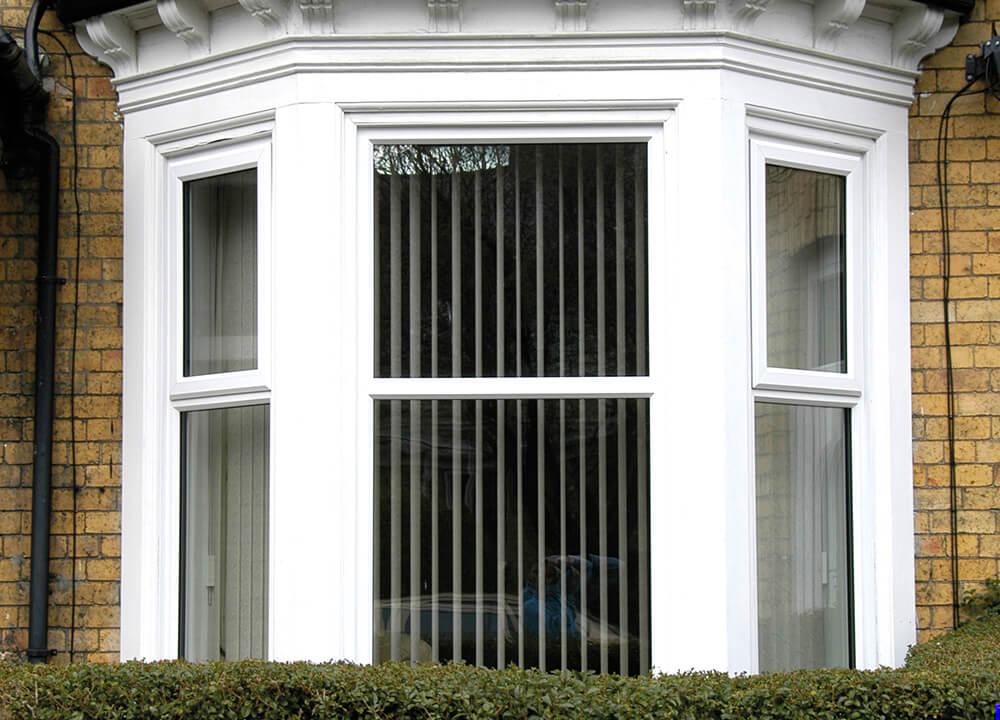
Factors Influencing the Cost of New Windows
Both the frame material and style of the window have a significant impact on the overall window price, which we’ll explore below. Additional features, such as premium handles, may also increase the overall cost.
Material Types and Their Cost Implications
uPVC Windows: A Cost-Effective Choice
uPVC windows are a popular choice for homeowners looking for a cost-effective option. Made from unplasticised polyvinyl chloride, uPVC windows offer several benefits at an affordable price.
They are durable, low maintenance, and offer good thermal performance, helping to reduce energy bills. uPVC windows are also available in a range of styles and designs, making them suitable for various architectural styles. This is especially beneficial if you live in a conservation area where you need a more traditional effect to blend into the environment, with several installers offering woodgrain effects for uPVC.
Additionally, uPVC windows are resistant to rot, corrosion, and fading, ensuring long-lasting performance and aesthetic appeal.
When considering the cost of new windows, uPVC windows provide a cost-effective solution without compromising quality or energy efficiency.
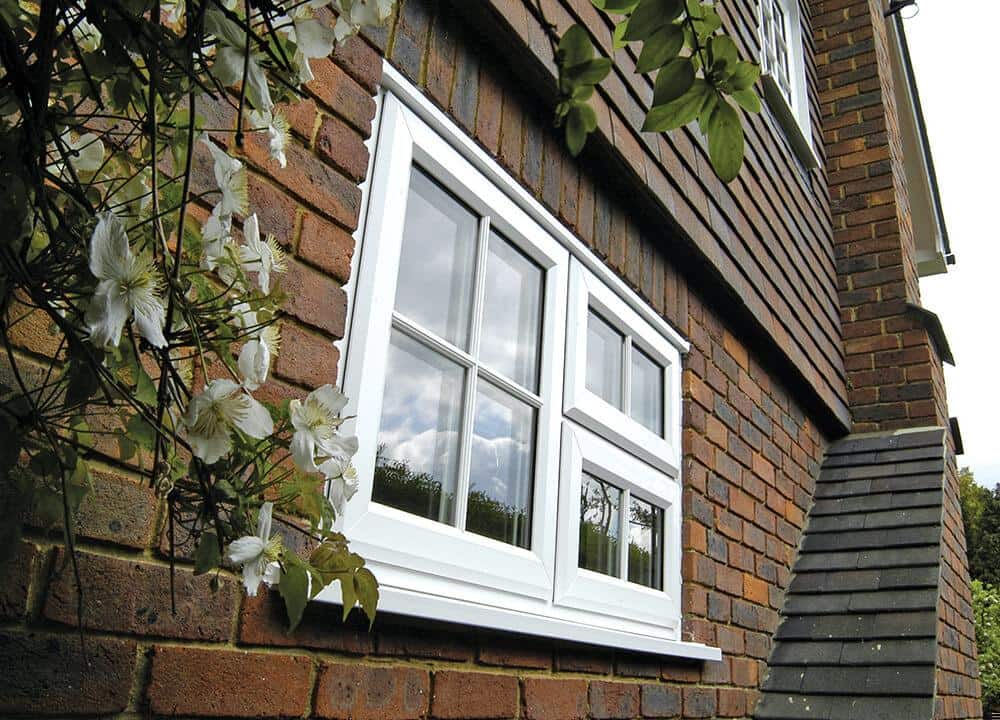
Aluminium Windows: Balancing Price and Performance
Aluminium windows offer a balance between price and performance.
While they tend to be more expensive than uPVC windows, aluminium offers unique benefits worth considering.
They are known for their strength, durability, and resistance to weathering. Aluminium windows also provide good insulation and thermal performance, helping to improve energy efficiency and keep out the sound if you live on a busy road.
Additionally, like uPVC, aluminium windows are available in a wide range of designs and finishes, allowing for customisation to suit different architectural styles. When considering the cost of new windows, weighing the benefits of aluminium windows against the price to determine if they are the right choice for your home is important.
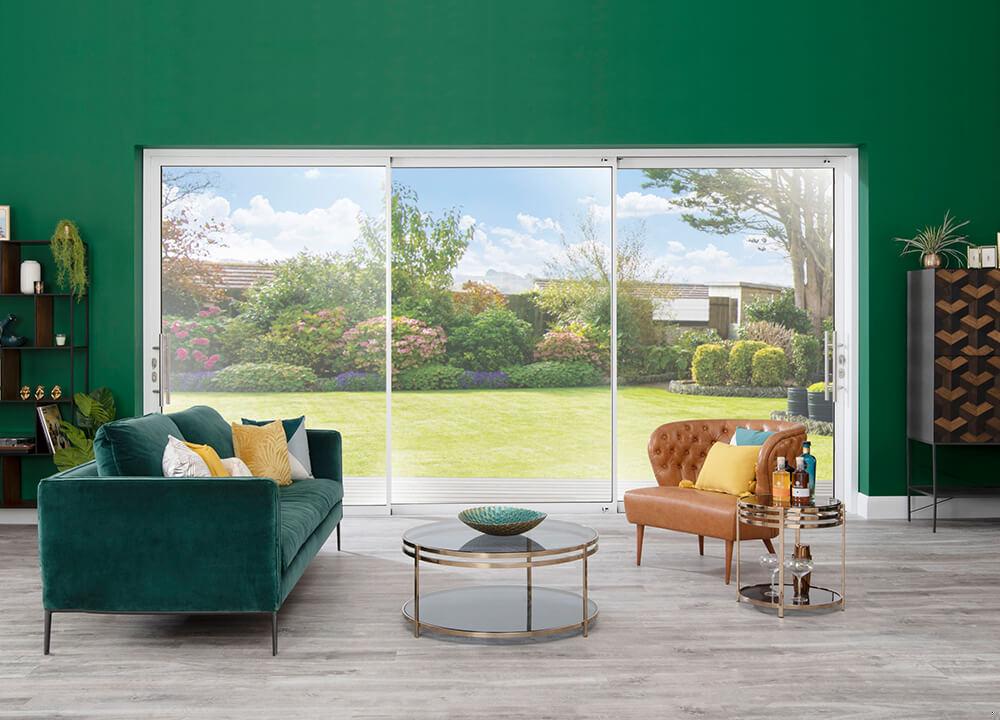
Timber Windows: The Price of Aesthetics
Timber windows are known for their aesthetic appeal and timeless charm.
While they offer a classic look and feel, timber windows tends to be the most expensive option.
The higher price is due to the cost of the materials, as well as the additional maintenance required to keep them in good condition.
This additional maintenance, tendency to fade, and increased costs mean timber is not always a good idea for certain homeowners in 2024.
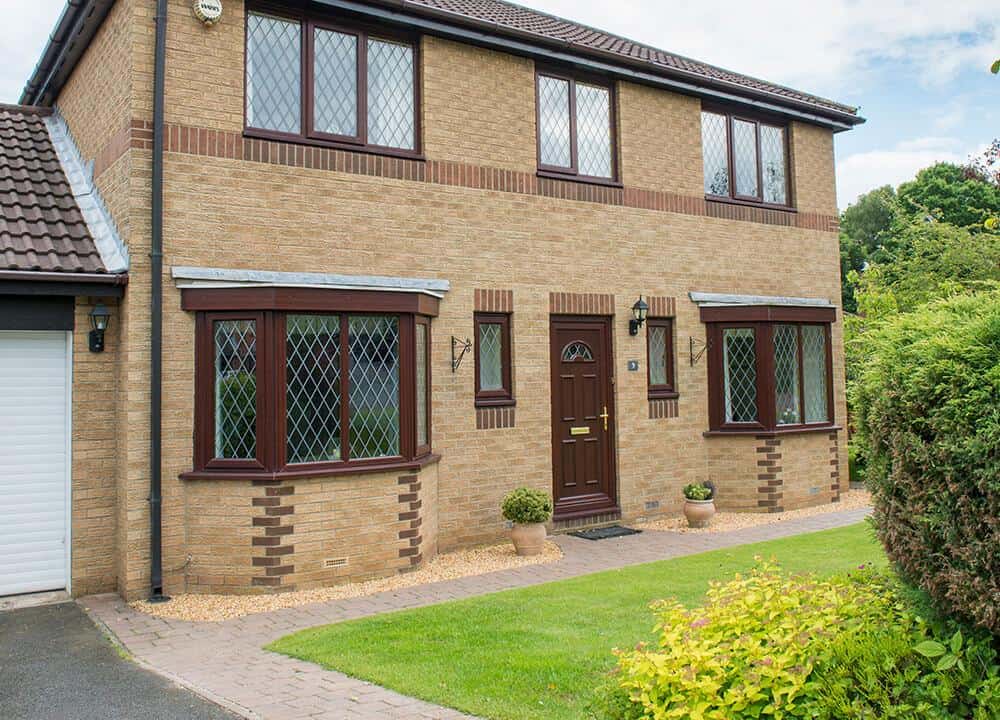
Average Pricing for Different Window Materials
On average, uPVC windows tend to be the most cost-effective option, with prices ranging from £160 to £990 per window.
Aluminium windows are typically more expensive, with prices ranging from £210 to £1,290 per window.
Timber frame windows, known for their aesthetic appeal, tend to be the most expensive option, with prices ranging from £240 to £1,485 per window.
These prices are for supply only and do not include installation costs. When budgeting for new windows, it’s important to consider both the material and installation costs to accurately estimate the total project cost.
Comparison of Window Styles and Their Costs
Casement Windows: Popular and Affordable
Casement windows are a popular and affordable choice for homeowners. They are hinged at the side and open outwards, allowing maximum airflow and ventilation.
Casement windows are known for their simplicity and ease of use, with little maintenance.
In terms of cost, casement windows are typically the most affordable option, making them a popular choice for many homeowners as they don’t fall short on modern benefits like better insulation, ventilation, and thermal efficiency.

Sash Windows: Pay for Elegance
Sash windows are known for their timeless elegance and classic design. They are typically found in period properties and add a touch of sophistication to any home.
However, sash windows tend to be more expensive than casement windows due to their intricate design and complex manufacturing process.
Sash windows consist of two vertically sliding panels, creating a traditional and versatile opening mechanism.
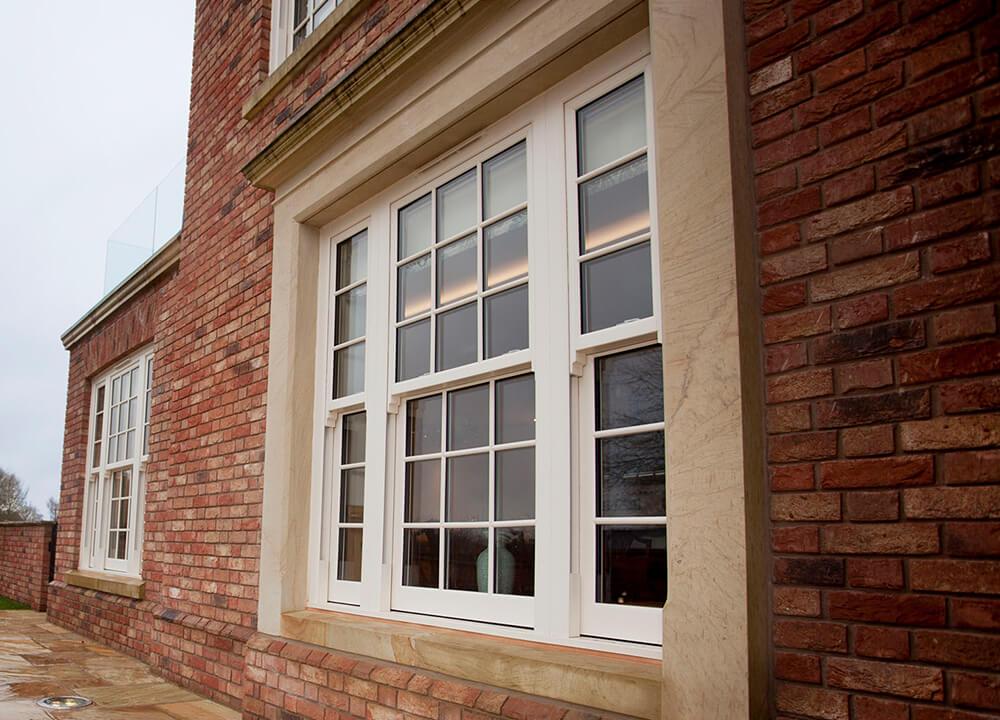
Bay and Bow Windows: Cost vs. Benefits
Bay and bow windows are popular choice for homeowners looking to add extra space and natural light to their homes.
Bay windows consist of three or more windows that project outwards from the building, creating a bay area within the room. Bow windows on the other hand create a curved effect by incorporating multiple windows.
The cost of bay and bow windows can be higher than other window styles due to their unique design and additional materials required.
However, the benefits of increased natural light and extra space can outweigh the additional cost for many homeowners.
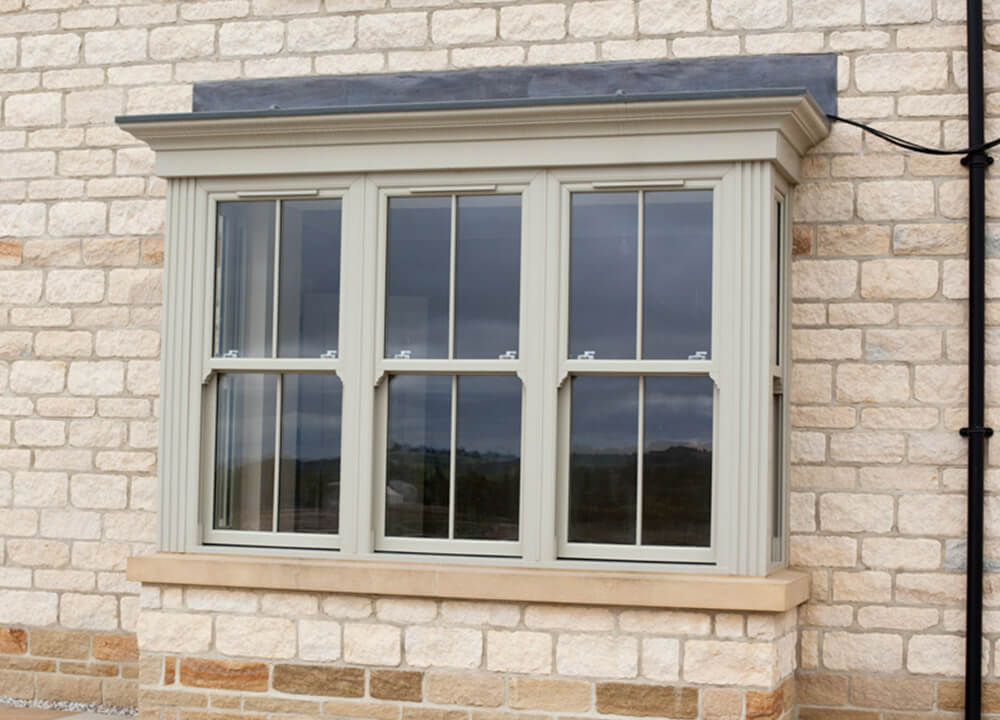
Tilt and Turn Windows: Versatility and Cost
Tilt-and-turn windows offer versatility and convenience, making them a popular choice for homeowners.
These windows have a unique opening mechanism that allows them to tilt inwards from the top for ventilation or swing open from the side for easy cleaning and access.
When considering the cost of new windows, tilt-and-turn windows offer a versatile and practical option that can enhance the overall functionality and convenience of your Cheshire home.
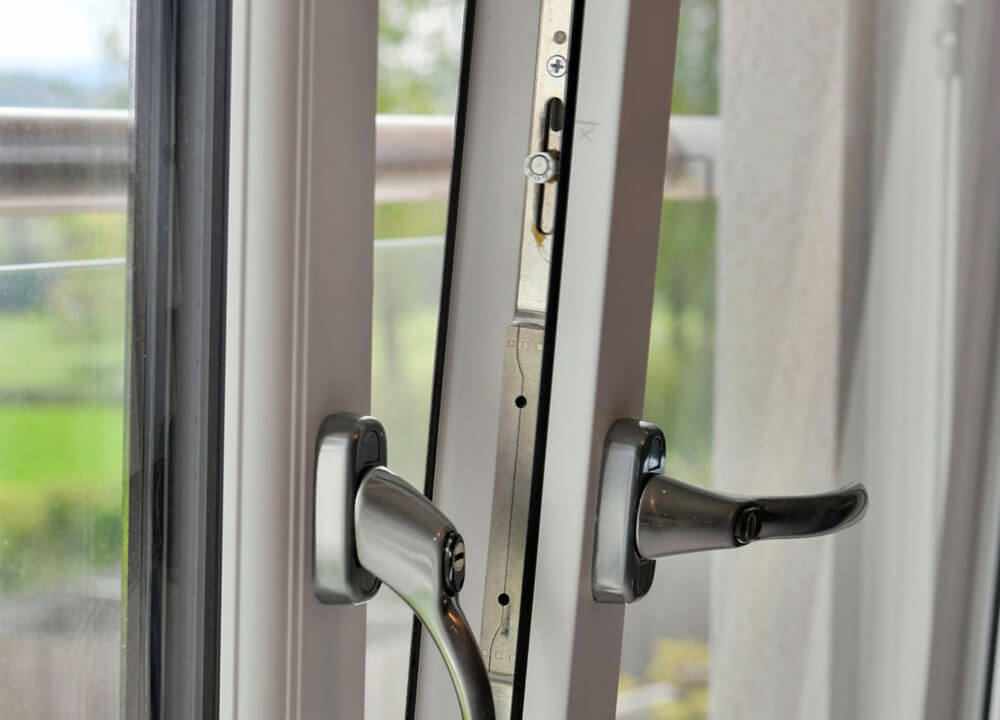
The Impact of Glazing Options on Pricing
When considering the cost of new windows, it’s important to understand the type of glazing you require.
Double glazing, with its two panes of glass and a layer of air or gas in between, offers improved energy efficiency and noise reduction compared to single glazing.
Triple glazing, with its three panes of glass and two layers of air or gas, provides slightly higher levels of insulation and noise reduction, but at a higher total cost.
The number of window units will also affect the final price.
Installation Quality and Its Effect on Pricing
The quality of installation plays a significant role in the performance of your new windows.
Hiring a professional installer, such as Northwich Glass with our years of experience and expertise, ensures that windows are measured and installed correctly, minimising the risk of issues such as leaks, drafts, and heat loss.
This will make up for the additional labour costs in the long run, as your windows will be far more secure and long-lasting, whilst reducing your heating costs.
When to Consider Replacing Your Windows
Several signs indicate it may be time to replace your windows.
If your windows are old, damaged, or no longer functioning properly, replacement can improve energy efficiency and comfort.
Windows that are drafty, difficult to open or close, or have condensation between the panes are all indications that replacement is necessary.
Additionally, if you are experiencing excessive heat loss or high energy bills, new windows can help improve insulation and reduce energy consumption.
Windows from Northwich Glass
At Northwich Glass, our skilled team have been installing quality products for over 60 years, including replacement windows, doors such as patio doors, entrance doors, French doors, roofs, and lanterns.
Proud members of Which? Trusted Trader, we are FENSA accredited and provide a 10-year warranty on all installations for your peace of mind.
0ur friendly customer service team are always on hand to offer their expert advice and help you make an informed decision on 01606 810 000, or via email at reception@northwichglass.co.uk.
Alternatively, we’re always delighted to welcome guests to our Northwich showroom.
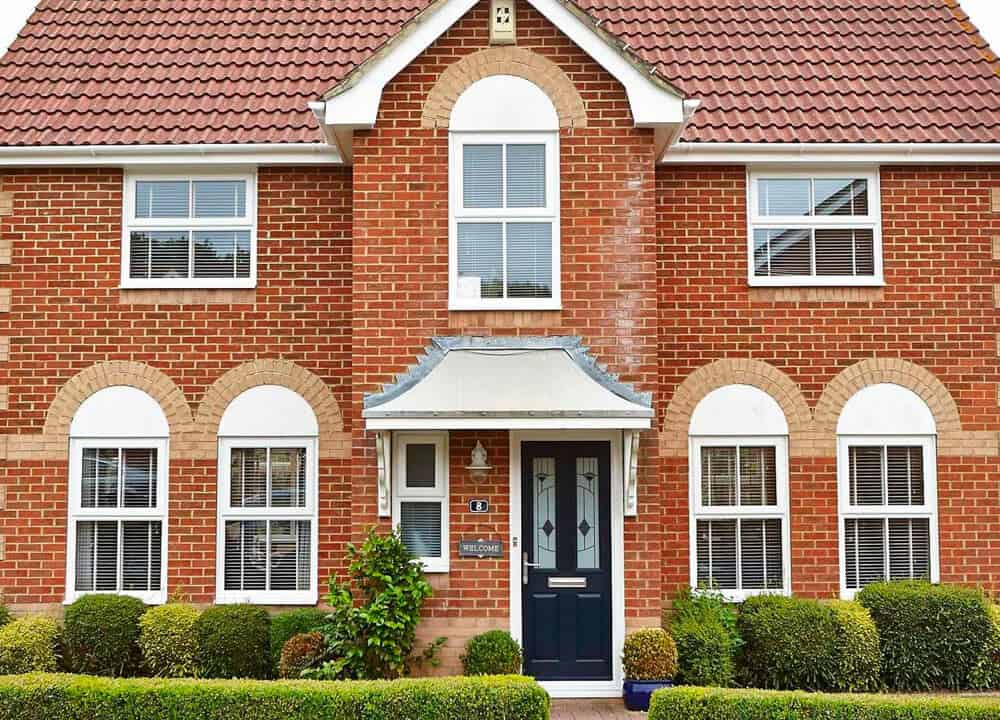
Frequently Asked Questions
How Can I Lower My Window Replacement Costs?
To lower your window replacement average costs, consider energy-efficient options, such as new double glazing or secondary glazing, which can help reduce energy bills. It’s also important to work with a professional installer and compare quotes to ensure a cost-effective solution. While there may be an initial investment, the long-term savings on energy bills can offset the cost.
How Frequently Should Windows Be Replaced?
The lifespan of windows can vary depending on factors such as the materials used and the level of maintenance. On average, timber windows can last up to 30 years, while uPVC windows can last up to 40 years. It’s important to monitor the performance of your windows and consider replacement if they are no longer energy-efficient or functioning properly.

